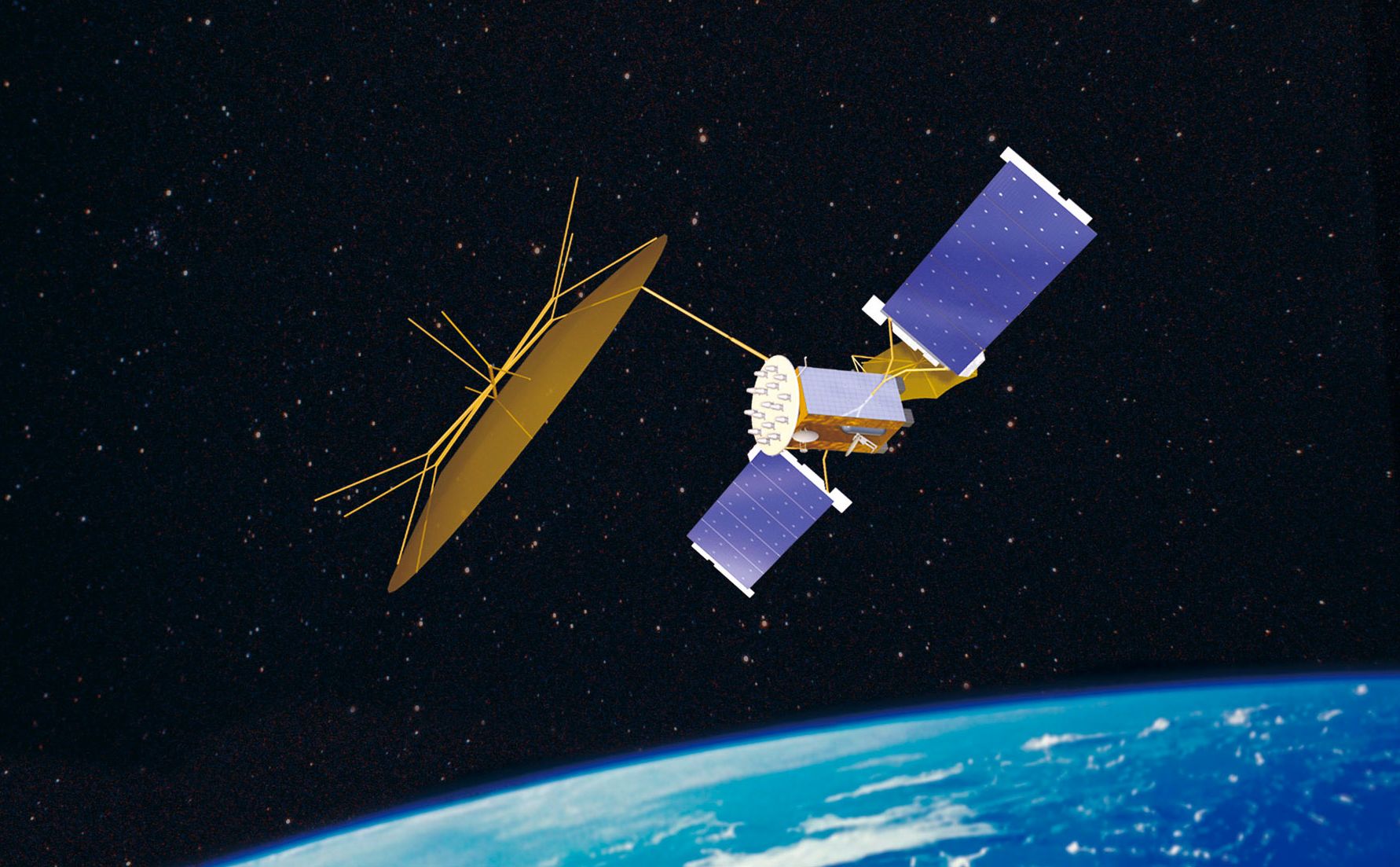Terrorists are using social media to plan events, recruit, share information, propaganda, and so on. “We can detect [their activities] pretty well, but I’m not sure we know what to do about it,” said a terrorism expert.
Countering terrorists’ leveraging of social media is going to be a challenge, said Robert Newberry, director of the Combating Terrorism Technical Support Office. “We’re studying it to death, but I’m not sure coming up with any grand solutions.”
Newberry and other experts spoke at a National Defense Industrial Association panel, “Special Operations Forces Technology Policy & Requirements,” held at the Washington Marriott Wardman Park, Jan. 28.
He and the other panelists said these growing concerns are challenges not just to the special operations community, but also for the Army and other government organizations tasked with national security.
Klon Kitchen, special advisor for cyberterrorism and social media at the National Counterterrorism Center, said he sees “the rapid and seemingly unending advancement of technology” and social media as being one of the biggest threats.
The proliferation of social media and technology will impact “every future special operations mission,” he said, “whether it be direct action, combating terrorism, information operations, civil affairs or any other SOF [Special Operations Forces] mission. The threat would come from terrorists exploiting social media for their own nefarious causes.”
DATA DELUGE
“Our SOF forces … will be confronted by an almost unimaginable deluge of data and an unprecedented technological capability,” Kitchen added.
He cited figures. There are 1.8 billion active social network users globally, he said. Every minute of every day, these users produce 200 million emails, 72 hours of new YouTube video, 571 new websites, 3,600 new photos, 100,000 tweets, 34,722 Facebook likes and 2 million Google searches.
“We created 1.8 zettabytes, which is 1.8 trillion gigabytes of newly-generated information in 2011,” he said. “In 2012 that figure was 2.8 zettabytes. By 2020, it’s forecast to be 40 zettabytes in a 12-month period. This is just the beginning of the data deluge.”
Newberry said that about half of those 200 million emails were probably sent by government workers, as the rest of the world tweets and uses text messaging. He confessed to using a yellow legal notepad most of his career and recalls getting his first electronic device — a pager — in the 1990s.
Social media can also be used to a special operator’s advantage, Newberry said. For example, one can assess the operating environment in a particular region or area by collecting social media from those locations. “There’s big value in this,” he said.
The problem is, there’s so much information out there that methods have not been codified on how to collect it, sort through and use it. Also, the authorities and organizational structures are not yet in place to do that, he said.
DIGITAL EXHAUST
Matthew Freedman, senior advisor at the Defense Intelligence Agency, said social media is just one of many new threats and opportunities out there.
The “digital exhaust” trail left behind by terrorists will allow special operators to better track them, whether it’s cloud computer, microblogging, crowd sourcing or social media.
“Futurists say that 90 percent of what will be known in 50 years has yet to be discovered,” he said. For instance, the military is just now beginning to realize the power and potential of augmented reality — having a real-world direct or indirect view of the environment, augmented by computer-generated sensory inputs.
Augmented reality is “blurring the lines between the physical and virtual worlds,” he said, adding that non-state actors are increasingly getting their hands on similar technologies.
To stay ahead of the bad guys in innovation means the U.S. military “needs to rethink its acquisition strategy from requirement of things to an acquisition of capabilities.”
During the Cold War, the United States had a good lead on new technologies most of the time, Freedman said. But now, technology is moving so quickly and systems are being integrated in ways unimaginable a short time ago. “Sometimes allocating resources means retrofitting existing systems at much lower costs instead of building new systems,” he said.
Hard questions need to be asked, he added, such as, “is centralizing all the money a good thing for the warfighters? Sometimes we need to get software developments to the warfighters within 90 days.” The system isn’t built to handle that.
Might warfighters be allowed to purchase a piece of needed gear off the shelf when the need arises? he asked.
IRON MAN RETURNS
Anthony Davis, director, Science & Technology, U.S. Special Operations Command, pointed to the challenges in protecting the warfighters and making them more lethal.
The two-year research and development of the Tactical Assault Light Operator Suit, also known as TALOS, is a good example, he said. There were and still are a lot of TALOS skeptics, he said, who say “Iron Man” is too far ahead of its time. Iron Man is the popular moniker of TALOS, a modern-day suit of armor for Soldiers.
But work is quietly continuing, he said. The first year of TALOS development revolved around passive exoskeleton technologies. “This year, we’re moving into powered exoskeletons,” which require 3 to 5 kilowatts of power, per Soldier to activate. This is all still in development.
There’s a cost-benefit tradeoff involving armor, Davis said. Current requirements call for about 20 percent body protection, including the head. That’s 8 to 12 pounds. To protect the whole body, much like the medieval knights, would take 600 pounds of armor, which obviously isn’t going to happen until material and power innovations occur — “significant challenges.”
Other hot research areas, Davis said, are control actuators, digital optics and geographically distributed systems. Geographically distributed systems would allow an operator in the middle of the Pacific or Africa to communicate and have situational awareness the same as in Iraq or Afghanistan, which have infrastructures to do that in place.
Special operations are occurring in 75 countries every day. Just a handful are “kinetic” operations, he said. Most involve training, humanitarian assistance and security missions with just a handful of operators working autonomously. They need state-of-the-art communications equipment and other gear to do that successfully.
Navy Capt. Todd Huntley, head, National Security Law Department, International and Operational Law Division, Office of the Judge Advocate General, said operators face a difficult legal environment here and worldwide.
The Supreme Court and district courts have not been definitive when it comes to 4th Amendment privacy concerns and national security concerns, he said. There are still a lot of gray areas when it comes to collecting intelligence on U.S. and foreign nationals. “We’ll likely never be as nimble as our adversaries.”










